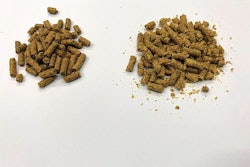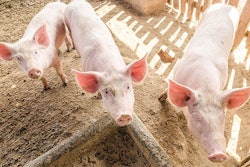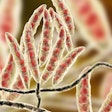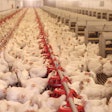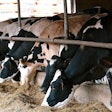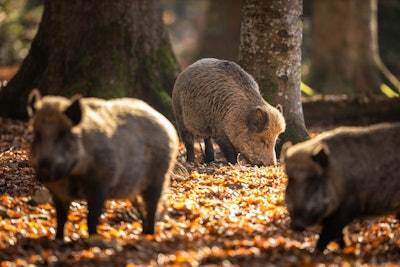
Despite 2 years of controls aimed at eradicating the disease, Japan has lost its status as free of classical swine fever.
Despite the country’s best efforts over the past two years, classical swine fever (CSF) cases continue to be confirmed in Japan.
As a result, the World Organisation for Animal Health (OIE) recently changed the nation’s status as free of CSF. This month, Japan joined large areas of the world — including almost all of Asia and Africa — with no official OIE status for the disease.
Among the consequences of this change are that Japan faces additional challenges in exporting to new markets, reports Kyodo News.
According to the agriculture minister, it could take as long as 10 years for Japan to regain its former CSF-free status.
Return of CSF to Japan
Until two years ago, Japan had been free of CSF since 1992, according to official reports to the OIE from the country’s agriculture ministry.
In early September 2018, 29 pigs died at a farm in Gifu city. Within days, the cause was identified as a Pestivirus, and then specifically as CSF. Quarantine was imposed at the farm, and the remaining 581 animals there were culled. Movement restrictions were set up around the premises.
For several days, no further CSF-positive cases were detected. By mid-September, a wild boar found dead within 10 kilometers of the infected farm also tested positive for the virus.
Japan introduces CSF control measures
Initially, at-risk animals were culled by the authorities in order to control the spread of the infection. Over the past two years, CSF has been detected at pig farms in 10 prefectures, including Aichi, Saitama and Nagano, reports Japan Times. Around 166,000 pigs have been slaughtered.
When a CSF outbreak is suspected, the authorities in Japan impose movement restrictions in the shipment restriction zone (SRZ), which covers a radius of 3-10 kilometers of the infected premises. Within 3 kilometers of the outbreak is the movement restriction zone (MRZ). The SRZ is lifted after all the results of active surveillance program are negative, and 17 days have passed after the completion of stamping-out and disinfection. Lifting of the MRZ occurs under the same conditions, but only after 28 days following stamping-out and disinfection.
In October 2019, the ministry revised its approach to disease control, and allowed the vaccination of pigs. Official authorization is required, and this has recently been extended to the 25th prefecture.
Together with strengthened farm biosecurity, this strategy has been largely successful in controlling the disease among domestic pigs. The most recent farm case of CSF was in March of this year.
Continued spread among wild boar
Despite these measures, the disease has continued to spread across central and eastern areas of the country through wild boar. Testing has revealed cases among this population in 17 prefectures, according to the latest report from the agriculture ministry to the OIE.
At the end of August, the ministry officially registered a further 126 CSF-positive wild boar. The animals — 42 found dead and a further 84 that were culled — were found in clusters in all 17 prefectures. All cases date back to July 30, according to the report.
According to a ministry official, CSF outbreaks remain a threat to Japan’s domestic pigs while the disease continues in the wild population. The authorities continue to catch and test wild boar, and to leave vaccine feed for them.
A program of vaccination of wild boar began in March 2019.
More on CSF
CSF is a highly contagious disease affecting members of the pig family, according to the OIE. The cause is a virus belonging to the family Flaviviridae, genus Pestivirus. The one serotype is divided into three major genotypes, and there are many sub-genotypes.
Highly virulent strains of CSF virus, which were prevalent in the past, cause outbreaks with morbidity and mortality rates that can approach 100%. However, more recent outbreaks have been linked to strains of lower virulence.
As treatment is impossible, infected animals must be slaughtered, and their carcasses either incinerated or buried. Several types of vaccine have been developed to control CSF, which are safe and effective.
While symptoms are similar, and the diseases occur naturally only in members of the pig family, CSF virus is unrelated to the cause of African swine fever.
Among the consequences of the CSF outbreaks is a reduction in Japan’s swine feed production. With the cull reducing the nation’s pig population by 1.7%, the feed volume was down by 1% in 2019, according to an estimate in February.

